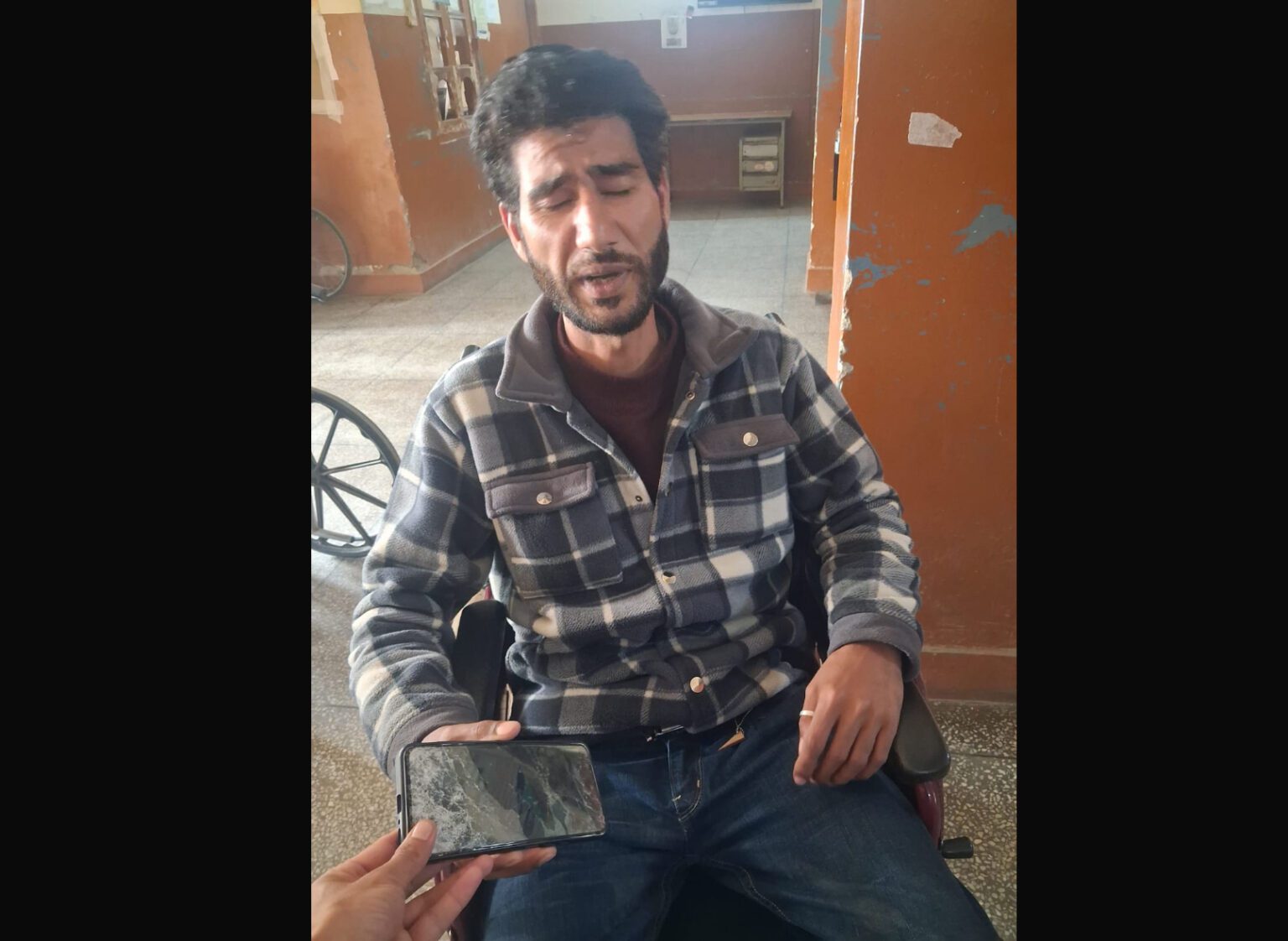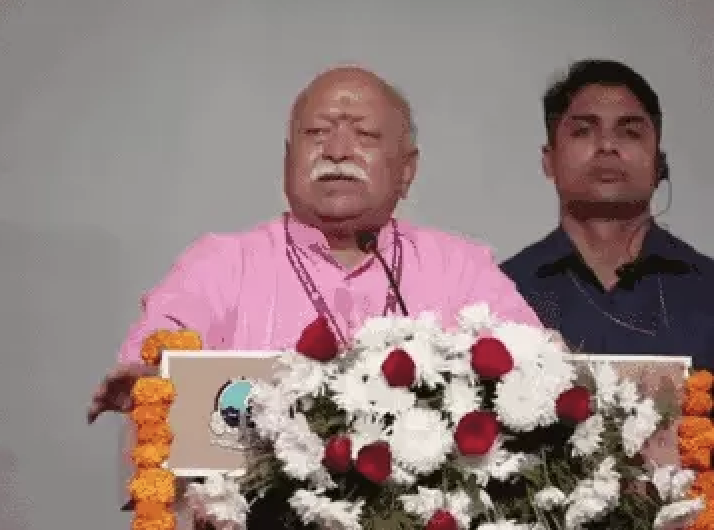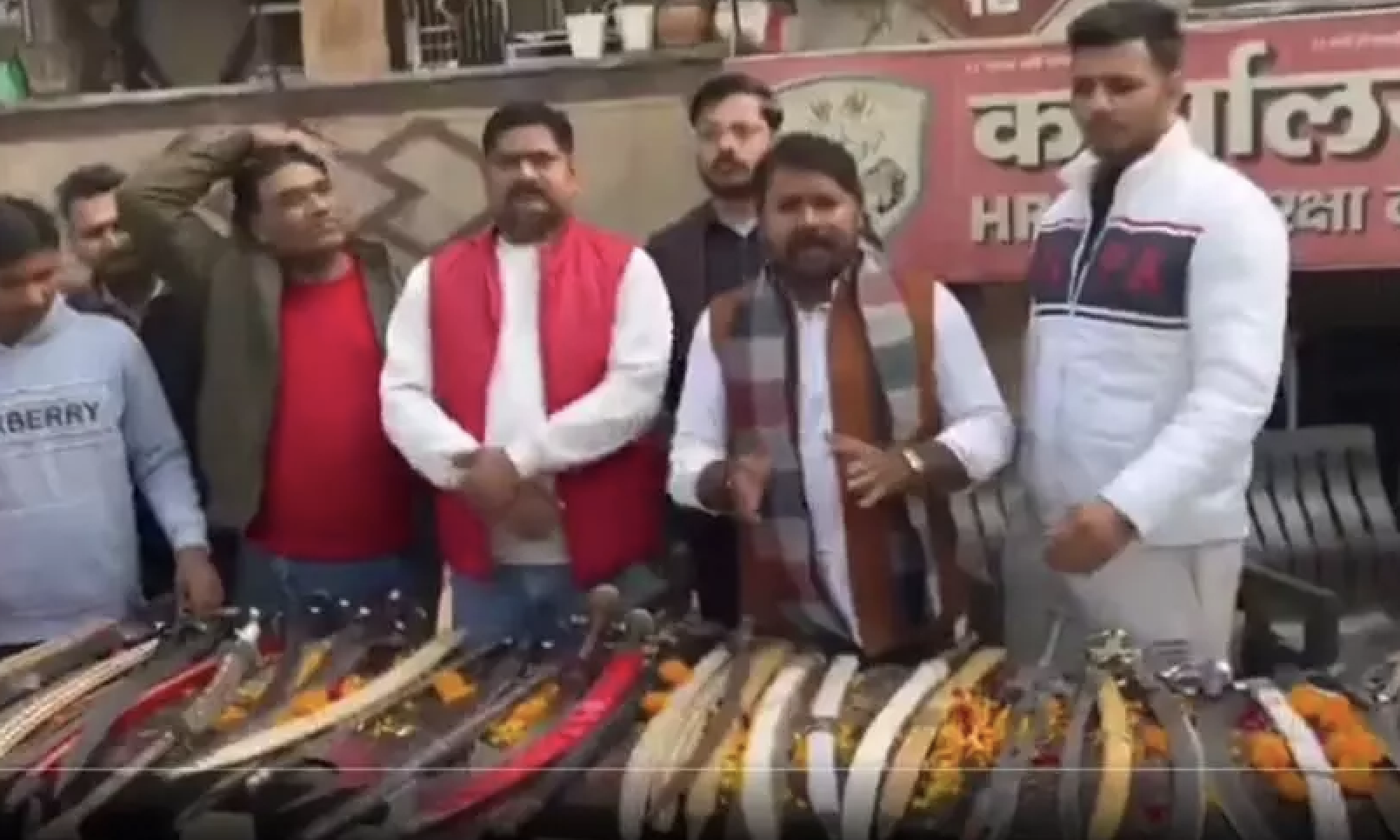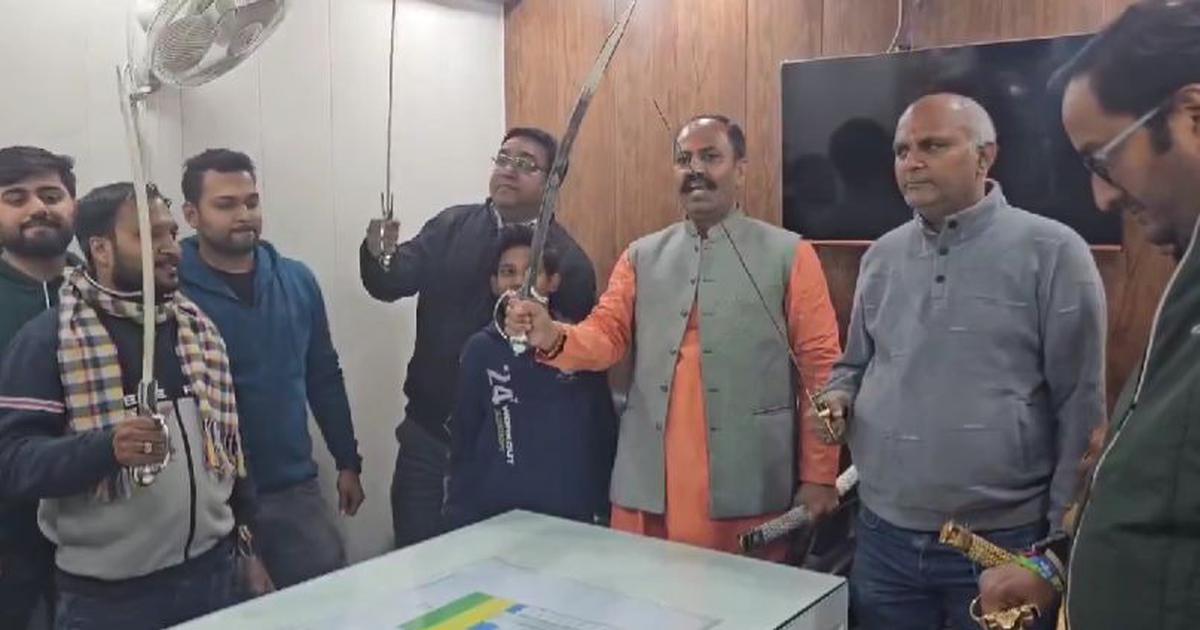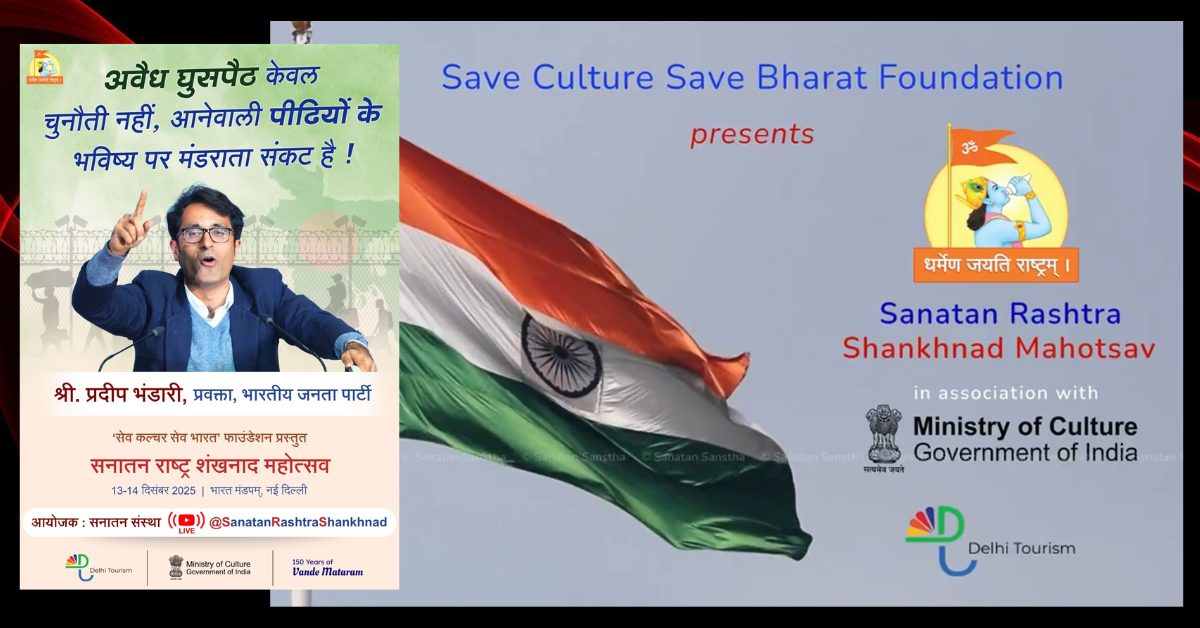
By Apoorvanand / The Wire
The Supreme Court of India is being called a Sharia Court by Hindutva trolls online after one its benches held Nupur Sharma, the former spokesperson of the Bhartiya Janata Party, responsible for the recent violence that has taken place in several parts of India.
The court asked her to apologise to the nation and blasted the Delhi Police for its reluctance to arrest her. It arrests others at the drop of a hat but is being respectful towards her! But this remained only a tongue lashing, and the bench’s anger had dissipated by the time the order – which had nothing adverse – was written. Nevertheless, the Hindutva ecosystem is filled with outrage. The bench is throwing her to the Islamist wolves, they say. Justice is impossible in India, they lament.
People like us were left wondering about the implication of the court’s outburst. Like many others, I believe the court should have heard her plea. She wanted the FIRs against her lodged in different parts of India to be clubbed together so that she is not harassed by running from one place to the other. All the FIRs have been caused by one grievance against her – her remarks against the Prophet – so she is entitled to this relief.
Filing multiple FIRs in the same case is a political tactic used to harass someone. We have seen what it did to M.F. Husain. Scores of FIRs were filed against the celebrated artist in different parts of the country. The then home minister, Shivraj Patil, told a delegation of artists and writers that Husain should face the law. Facing the law would have meant him spending time and energy appearing at different courts in different parts of India multiple times. Feeling helpless, the artist decided to leave the country.
Digressing from our present topic, this episode is also a sober reminder for those who worry that the opposition to Sharma’s comments may saddle India with a de facto anti-blasphemy law. As a matter of fact, that ship sailed when Husain was charged with blasphemy! How could he, a Muslim, have painted Hindu gods and goddesses in the way he did, the Hindutva groups said. So, we need to be truthful. ‘Indic’ society – which is not bound by a book – also has a notion of blasphemy.
To return to the court’s outburst, the judiciary has generally been very deferential towards the religious sentiments and feelings of ‘the people of India’, the majority of whom are Hindus. So why this sudden outburst against Sharma? A lawyer friend of mine suggested psychoanalysts who deal with questions of guilt, regret and repentance may have the answer.
Consider the following acts of serial violence India has witnessed over the past six weeks: the murders of Udaipur tailor Kanhaiya Lal and a chemist at Amravati; the killing of two Muslims in Ranchi, the arrest and torture of Muslim men at Saharanpur, the demolition of properties of Muslims in Allahabad and other places in India.
Can we not say that the institution of the judiciary is itself indirectly responsible for creating a cause which then led to this chain of violence? First, an overzealous court in Varanasi ordered a survey of the Gyanvapi mosque to find out if images and symbols sacred to some Hindus exist there. Then an indifferent Allahabad high court refused to interfere with this reckless decision of the primary court. An irresponsible officer of the lower court leaked the ‘report’ of the survey alleging the presence of a ‘Shivling’ there. An indulgent Supreme Court allowed the survey to continue. Not only that, it even validated the claim of a Shivling being present there and de facto altered the character of the Gyanvapi as a place of Muslim worship by closing the wazukhana where a fountain – now claimed to be a Shivling – exists. How do we explain this seamless progression, from civil court to high court to Supreme Court – one unleashing a process and others facilitating it, which they all should have known would be irreversible?
A bench of the Supreme Court wanted us to believe that the natural curiosity of knowing the nature of a building or a structure needs to be satisfied. That the courts should not stifle it. The bench said that if a cross can exist in an Aghyari, other such syncretic possibilities can also be imagined.
The Supreme Court in a very lofty way refused to be get swayed by the mortal anxiety of Muslims that such ‘Hindu’ curiosity could ultimately prove fatal for not just the Gyanvapi but other Muslim places of worship in India.
What the court did was to create a dispute: is the oblong body a Shivling or a fountain? If you call it a fountain, you blaspheme, the BJP and its leaders said. If you insist on calling it a fountain, we are free to abuse you. Since you hurt our astha, we will hit your astha. It is only a reaction to an action. And the action is Muslim: their temerity to insist on calling the object in the mosque a fountain when the Hindus believe it is a Shivling.
This is what Nupur Sharma, Navin Jindal and thousands like them have been doing. In their opinion, they are merely responding to those who, by calling the Shivling a fountain, are supposedly abusing their Mahadev.
Today, the Supreme Court says Nupur Sharma is the root of the current bout of violence but who created the ‘Shivling’ dispute that prompted her televised outburst? Was it not known that a similar dispute at Ayodhya had led to the killing and maiming of thousands of people, mostly Muslims, in India? Not to talk about the sharpening and increasing chasm between Hindus and Muslims.
In 1949, the courts had ordered the Babri Masjid’s closure when miscreants illegally installed idols there and in 1986 the courts rekindled the dispute in 1986 by opening its doors. In 1992, the Supreme Court did nothing when the mosque was demolished in broad daylight with the complicity of elected officials who had undertaken to ensure it would not be damaged. In 2019, the Supreme Court – in a laudable attempt to bring closure to the dispute for which it was ultimately responsible – took a very generous view. It granted five acres of land at a faraway location to Muslims to rebuild the mosque which had been illegally demolished, and handed over the land where the Babri mosque once stood to the very parivar that had committed the crime.
Just as it had done in the case of the Babri mosque, the judiciary in the Gyanvapi case has again created and legitimised a dangerous sense of entitlement on the part of the Hindutva organisations. Armed with this sense of entitlement, they are not ready to brook the slightest disagreement with their claims and ways, leave alone any criticism or opposition to them. Surely our judges should curb their moral pangs and instead start a process of introspection. Or is it too late?
This article first appeared on thewire.in


